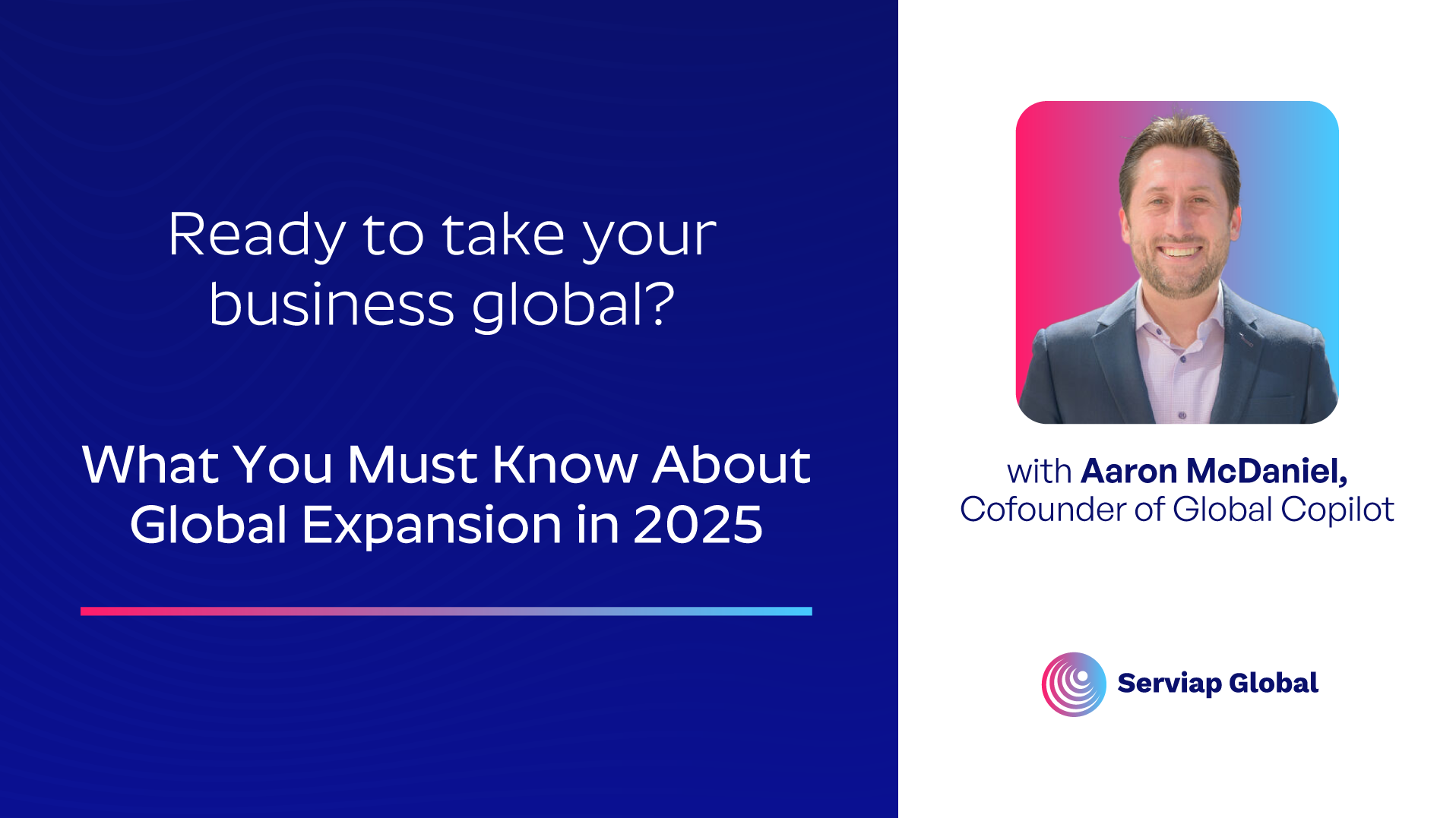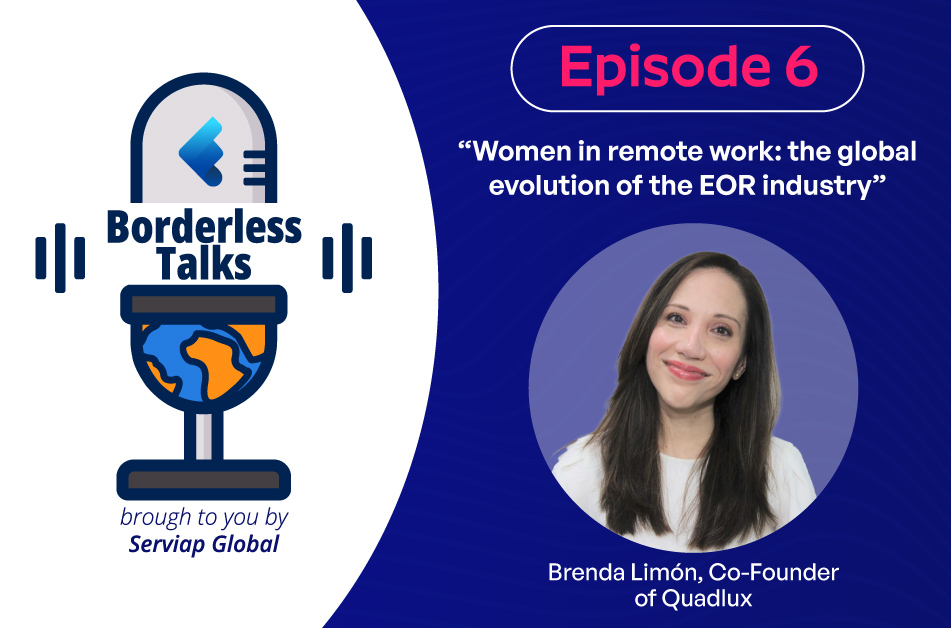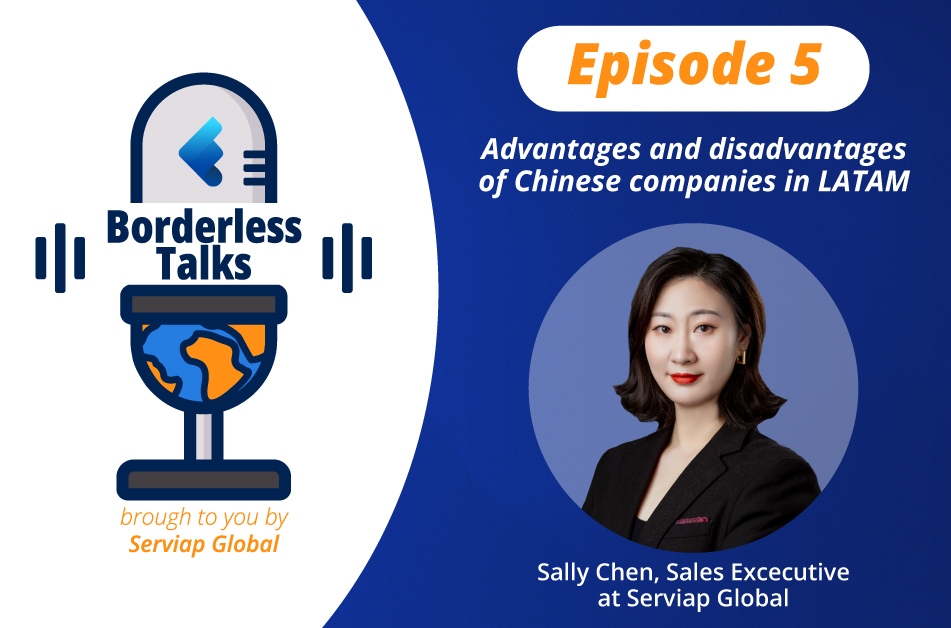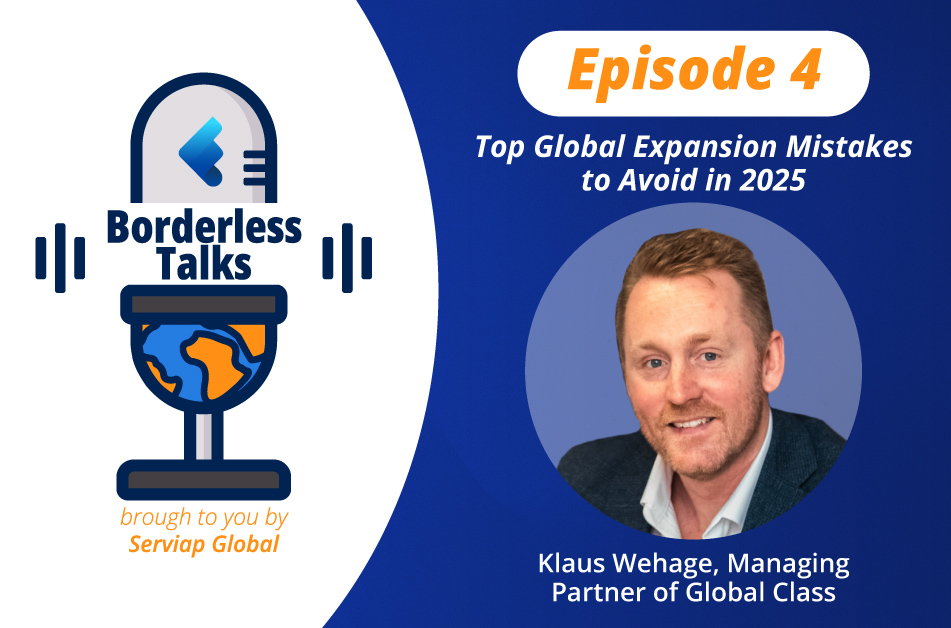Table of Contents
Global mobility is an increasingly common characteristic of modern working life, as a growing number of companies seek to adapt to an ever more connected world.
No matter their size, businesses see the value of venturing into other markets beyond their borders while providing their workforces with the freedom to relocate. That is made all the more feasible by the widespread adoption of remote working, which is only set to grow further in the future.
But ensuring the seamless transfer of professionals between different parts of the world can be a challenge, which has led many companies to set up a global mobility program.
SEE ALSO: EOR in Panama: hire local staff via an employer of record
Below, more insight into global mobility is provided, along with some of its benefits, before tips are offered on how to set up a successful global mobility program.
What is global mobility?
Global mobility refers to an organization’s workforce being able to move anywhere in the world and operate seamlessly.
With professionals moving across borders, it demands the use of technologies for communication and planning, and complying with the legal and tax regulations of the country of arrival.
Mobile employees may work in another nation permanently, have a temporary assignment, or travel between territories out of choice.
For global mobility to be successful, you must have a strategy and an efficient team, including professionals in human resources, law, and administrative processes.
One way to facilitate global mobility is to work with an employer of record (EOR), which will hire overseas professionals on your behalf, taking care of their payroll and other administrative matters in the process, while also guaranteeing compliance with all local regualtions.
Some benefits of global mobility
Global mobility offers a range of benefits, both for the business and its team members. Those benefits in include:
Access to new markets
One of the biggest benefits of global mobility for companies is that it allows them to access markets in different parts of the world.
While this benefit can be realised by professionals relocating by choice, it can also be harnessed by proactively sending them to markets that are of interest to the company. Another option is to hire team members in those markets.
Having people present overseas will allow them to meet potential partners and clients in person, while it will also demonstrate a genuine commitment, as well as help develop a better understanding, of those markets.
Increased labor flexibility
With the COVID-19 pandemic, many organizations opted for flexible working, with many people adopting fully remote or hybrid schedules.
According to the World Economic Forum, “the proportion of paid jobs offering remote work doubled by the end of 2021. In just one year, they went from 6.5% in November 2020 to 12.6% in November 2021.”
A well-planned global mobility program allows companies to better manage remote workers. It also allows them to broaden their horizons significantly when it comes to hiring new professionals.
Attracting and retaining talent
Companies, regardless of their size, want the best possible talent. That’s why global mobility makes it easy for them to send their best team members to other parts of the world and to hire the most qualified personnel in other countries.
When an employer finds the perfect person to fill a specific position, they will want to retain them. Competitive salaries, work flexibility, good work-life balance, enticing rewards, and respect for labor rights will help employers keep hold of premium talent.
In the face of these changes, global mobility allows companies to embrace the future, adapt, and bet on new strategies without losing sight of the well-being of their employees.
Global mobility builds diversity
If a company adds employees from around the world to its workforce, it will benefit from the diversity of perspectives that brings, which may offer advantage over competitors.
Having professionals in other countries helps companies understand international markets, as well as become more familiar with foreign business cultures and laws. It will also contribute to overcoming unconscious biases and discrimination.
It can also be beneficial to the people working for the company, exposing them to more diverse teams, including within their home country, with remote schedules reported to encourage people from minority backgrounds to apply for jobs.
Personal and professional development
Traveling the world and living in a different culture can substantially change people’s perspectives. Being open to global mobility allows employees to pursue new opportunities that can positively impact both their professional and personal development.
Getting international experience offers many advantages, including helping people build international networks, develop confidence, and pursue new opportunities.
That opportunity, in turn, can make people more inclined to continue working with a company and boost performance because of the personal satisfaction it brings, while also potentially enriching the business with new language skills.


How to create a successful global mobility program
Effectively adopting the cross-border mobilization and recruitment of professionals requires a global mobility program. Every company is different, so designing the program will based on needs, resources, and structure.
One factor to consider is the number of countries or territories that the company already operates in or is targeting for future expansion. Other considerations will include tax and other compliance matters.
A global mobility program will also take into account the needs of professionals themselves.
1) Identify the objectives of the global mobility program
Before venturing into other markets by sending or hiring professionals across borders, companies need to be clear about the goals and purpose of a global mobility program. While highly rewarding, they also require an investment of time, while adopting new technology will also come at a cost.
Identifying the motives for global mobility will help companies design the program and think about who will be involved. Is this for all employees, only particular teams, new hires, or a tool to help keep hold of top talent?
Expanding into new territories carries risks and responsibilities along with potential benefits. While, when choosing to send people abroad, some might be resistant or unwilling to change location due roots and commitments where they are already based.
2) Create the best team to work with
A global mobility program opens a company up to a worldwide talent pool, that allows the company to secure skilled talent at highly-competitive rates.
Many countries have gone to great lengths to promote the likes of science, technology, engineering and mathematics — known as STEM — at universities, and today increasing numbers of graduates in those areas are available in emerging and developing markets.
SEE ALSO: Call center outsourcing: 5 great destinations to consider
Having a well-planned global mobility program places a company in an ideal situation to take advantage of this growing supply of valuable international human capital.
3) Legal compliance
Having team members in foreign countries means getting to understand and guarantee compliance with all local regulations. As such, if not going down the EOR route, it is essential that legal advice from a reliable provider is secured.
Ignorance is no excuse for lawbreaking, and unfamiliarity will not prevent companies from facing legal difficulties and financial penalties for non-compliance.
Getting to grips with business, labor, and immigration laws — through a provider or by hiring local legal professionals — will be critical to making sure that a global mobility program is executed properly and does not create risks for the company.
4) Structure compensation
A well-executed global mobility program will include a transparent compensation scheme, so that team members will have a clear view of the pros and cons of moving to another country.
In some cases, relocating overseas may entail a pay decrease in real terms, while still offering a better quality of life in the due to the cost of living, public holidays, and other staturoy benefits they may recieve.
Keep in mind that the compensation structure will not just involve the salary, but also bonuses, travel allowances, among other things. Another advantage of working with an EOR is they will be able to give you good insights into the sorts of benefits that professionals could expect in a given market.


Challenges associated with global mobility
When designing and managing a global mobility program, it must be people centered. Employees want their needs to be heard and feel part of the equation. So ideally team members will have the chance to play a role in developing tjhe program.
While information technologies are robust and offer many tools for remote work, creating effective communication channels between employers and employees is key to successful global mobility. This will help everyone feel included.
Inclusion can also be affected by cultural differences, so it’s important for employers to do their best to consider the way in which they communicate with remote workers in other countries and be aware of cultural idiosyncracies.
Serviap Global can help you implement a global mobility program
Serviap Global is able to assist clients with international PEO / EOR services in over 100 countries worldwide. That means, we can hire overseas professionals on your behalf, handling their payroll and administration in the process, while guaranteeing your compliance with all local laws.
We also offer global talent acquisition services to assist those who wish to find overseas talent to hire directly, and our well-established recruitment networks can help you start onboarding top talent in a matter of weeks, if not sooner.
We are a family-run business that started in Mexico more than 12 years ago, before expanding throughout the world. While our vision is global, we are committed to the sort of service excellence and individualised treatment that comes with working with a local provider.
Contact us today to find out more about how we can assist you with global mobility.
If you were interested in this article about global mobility, check out more of our coverage here. Or read more about us.






























